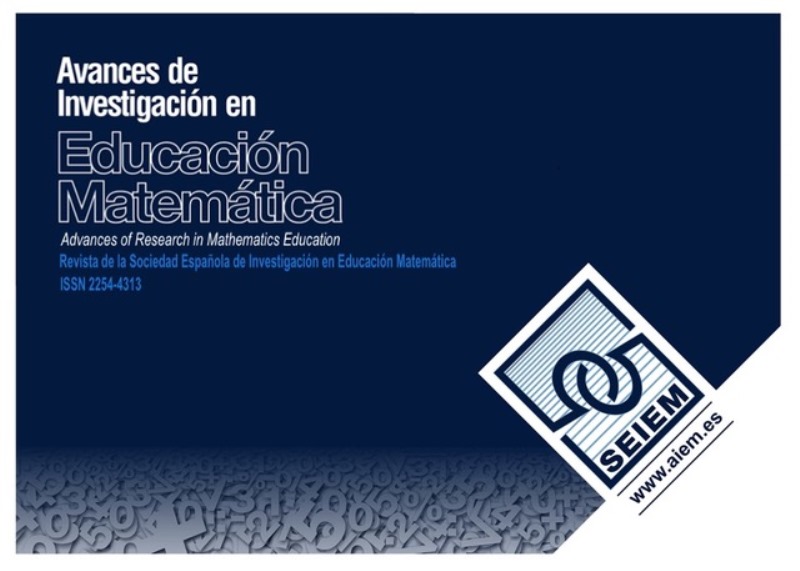The three dimensions of the didactic problem of elementary differential calculus
DOI:
https://doi.org/10.35763/aiem.v0i16.277Keywords:
Dimensions of a didactic problem, elementary differential calculus, anthropological theory of the didactic, teaching problem, reference epistemological modelAbstract
This paper presents the process of constructing a didactic problem related to the study of elementary differential calculus at the end of secondary education and the beginning of university education in Portugal. This problem is formulated within the framework of the anthropological theory of the didactic and is based on a heuristic pattern that describes the three fundamental dimensions of a
didactic problem: epistemological, economic and ecological. The process leads us from the basic problem in didactics (the teaching problem) to the primordial problem (the curricular problem).
Downloads
Downloads
Published
How to Cite
Issue
Section
License
The articles published in this journal are under a license Creative Commons: By 4.0 España from number 21 (2022).
Authors who publish with this journal agree to the following terms:
- Authors retain copyright and keep the acknowledgement of authorship.
- The texts published in this journal are – unless indicated otherwise – covered by the Creative Commons Attribution 4.0 international licence. You may copy, distribute, transmit and adapt the work, provided you attribute it (authorship, journal name, publisher) in the manner specified by the author(s) or licensor(s). The full text of the licence can be consulted here: http://creativecommons.org/licenses/by-nc/4.0.
- Authors are able to enter into separate, additional contractual arrangements for the non-exclusive distribution of the journal's published version of the work (e.g., post it to an institutional repository or publish it in a book), with an acknowledgement of its initial publication in this journal.
- Authors are permitted and encouraged to post their work online (e.g., in institutional repositories or on their website) prior to and during the submission process, as it can lead to productive exchanges, as well as earlier and greater citation of published work (See The Effect of Open Access).









